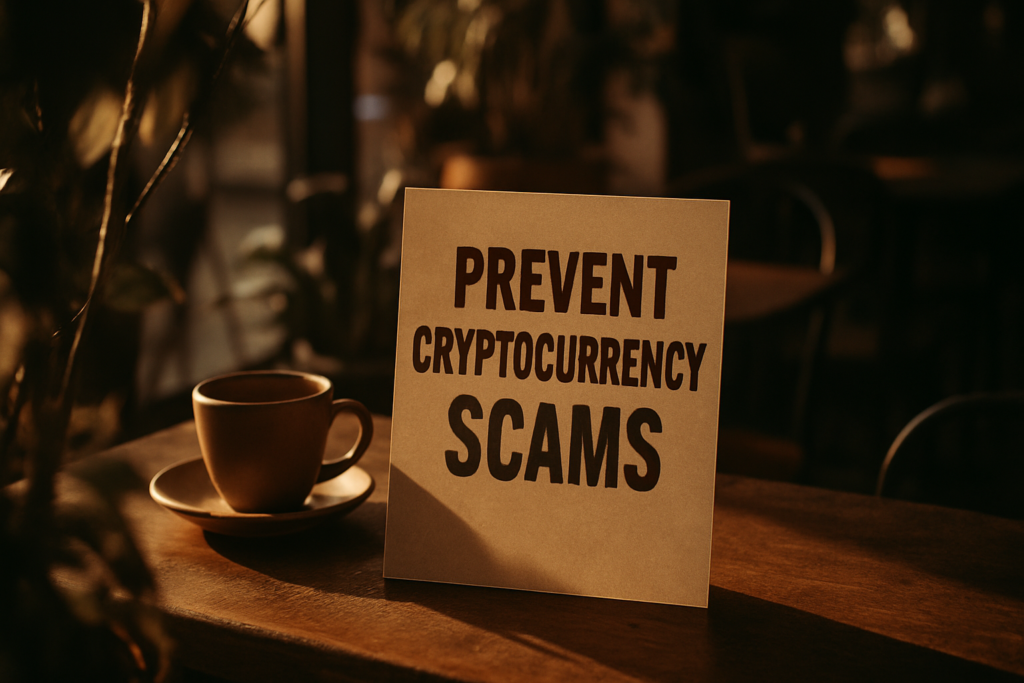Understanding NFTs and Their Importance
Knowing what NFTs are and their significance is crucial for secure storage. This section breaks down the basics and stresses why NFT security is vital.
What Is an NFT?
NFT stands for Non-Fungible Token. It’s a digital asset representing ownership of unique items like art. Unlike cryptocurrencies, NFTs aren’t interchangeable. Each NFT is distinct, storing data on a blockchain. This record verifies authenticity and ownership, recorded in a decentralized way.
Why Is Security Important for NFTs?
Securing NFTs protects investments, as NFT value hinges on their uniqueness. Without proper security, digital assets are vulnerable to theft. Cases like blockchain hacks highlight the risks. For instance, high-profile NFT thefts underscore the need for robust protection measures.
Types of NFT Storage Solutions
Understanding the best storage solutions for NFTs is key to protecting your investments.
Hot Wallets
Hot wallets operate online, offering convenient access to NFTs. They connect directly to the internet, making it easy to trade, manage, and view assets.
Popular hot wallets include MetaMask and Trust Wallet. Although these wallets provide ease of use, they come with risks. Online connectivity raises the chance of hacking and unauthorized access.
Consider enabling two-factor authentication and regularly updating passwords to enhance security.
Cold Wallets
Cold wallets offer superior security by operating offline. These physical devices, such as Ledger Nano S and Trezor, store private keys without an internet connection.
This method significantly reduces vulnerability to hacks. While cold wallets provide heightened security, accessing NFTs requires connecting the device to a computer. Storing recovery phrases in secure locations and avoiding shared devices ensures maximum protection.
Choosing the Right NFT Storage

Selecting the ideal storage for your NFTs safeguards your digital assets from potential threats. Consider the following factors and options.
Factors to Consider
Security remains paramount while choosing an NFT storage solution. Evaluate the security protocols of the wallet or storage method. Opt for solutions with advanced security measures, like two-factor authentication (2FA) and robust encryption.
Usability also plays a crucial role. Choose a storage solution that’s user-friendly and aligns with your technical skills. More complex setups might offer enhanced security but could be cumbersome for everyday use. Ease of access is essential, especially if you frequently trade or access your NFTs.
Compatibility with different blockchain networks is another critical factor. Ensure the storage solution supports the blockchain network of your NFTs. Not all wallets are compatible with every NFT standard, which could limit your options.
Finally, consider the cost. Some wallets or storage solutions might incur fees, either upfront or ongoing. Balance the cost against the security features and convenience provided.
Comparing Hot and Cold Wallets
Hot wallets and cold wallets offer distinct advantages and challenges. Hot wallets, such as:
- MetaMask
- Trust Wallet
provide immediate access to your NFTs via internet connection. They’re ideal for trading or frequent access. However, they come with online security risks, including hacking and phishing attacks.
Cold wallets, such as Ledger Nano S and Trezor, offer enhanced security by storing your NFTs offline. These wallets require a physical connection to a device for access, significantly reducing the risk of malware or hacking attempts.
While more secure, they can be less convenient for quick transactions due to the need for physical access.
| Type of Wallet | Examples | Benefits | Drawbacks |
|---|---|---|---|
| Hot Wallets | MetaMask, Trust Wallet | Immediate access, convenience | Vulnerable to online threats |
| Cold Wallets | Ledger Nano S, Trezor | High security, offline storage | Less convenient for quick access |
Choosing between hot and cold wallets depends on your specific needs. If you prioritize immediate access and convenience, hot wallets might be ideal. For maximum security and safe long-term storage, cold wallets are the better choice.
Best Practices for NFT Security
To maintain the security of NFTs, following best practices is essential. Implementing robust security measures decreases the risk of theft or loss of digital assets.
Regular Software Updates
Keep software updated to protect NFTs from vulnerabilities. Developers release updates to fix security flaws and improve overall functionality. Enable automatic updates to reduce the chance of missing critical patches. For digital wallets, regularly update the software version to ensure you have the latest security enhancements.
Using Strong Passwords and Two-Factor Authentication
- Create strong passwords to secure access to NFT wallets.
- Combine uppercase and lowercase letters, numbers, and special characters to increase password complexity.
- Avoid reusing passwords across different platforms.
- Use two-factor authentication (2FA) for an additional security layer—2FA requires a second piece of information, such as a code sent to your mobile device, to access your wallet.
- This extra step reduces the risk of unauthorized access and provides better protection for digital assets.






